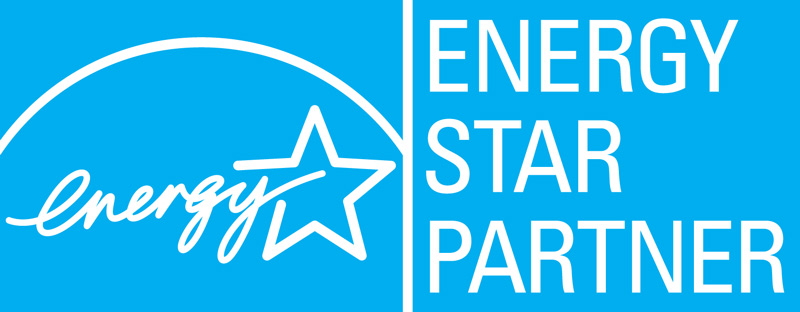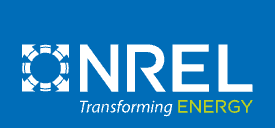Pearl’s scoring system serves as the foundation for how many points Pearl awards to a high-performing asset (e.g., dishwasher, insulation, ENERGY STAR windows, etc.), and the number of points determines what level of certification is achieved. Therefore, maintaining a current, up-to-date scoring system is paramount to communicating to homeowners which assets perform best and which assets could use improvement.
With technology (e.g., smart home devices, appliances, etc.) and building codes (e.g., International Energy Conservation Code (IECC), Residential Energy Consumption Survey (RECS), etc.) continually evolving, Pearl is committed to reviewing and revising its scoring system at least every three years.
Capturing these technological and building code changes in the Pearl Scoring System is crucial to maintaining Pearl’s status as the gold standard in high-performing home certifications. As an authority in the residential sector, Pearl sets its own high standards that we adjust to reflect changes in climate, technology, building science, and other aspects of society.
Homeowners should note that when Pearl revises its scoring system, the certification level of some homes may change. Just as a 2020 heat pump decreases in efficiency with age, so must the asset’s point allocation diminish with time. Homeowners are encouraged to add new assets to their Green Door home profiles as they are secured. Then when it comes time to refinance or sell, you’re prepared to request an accurate home certification.





























